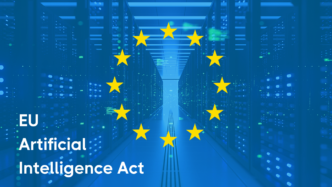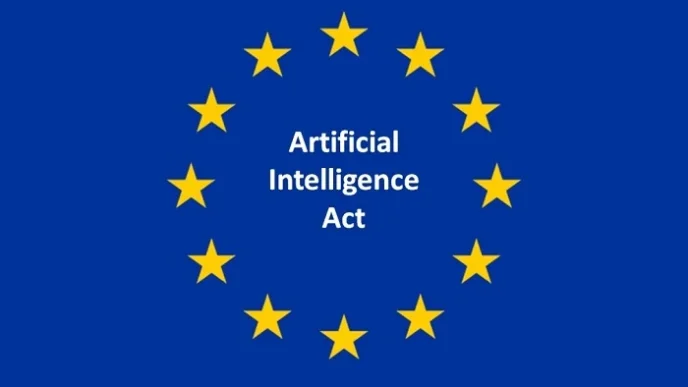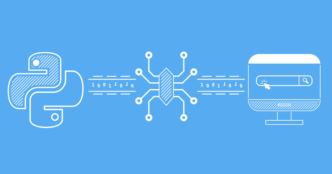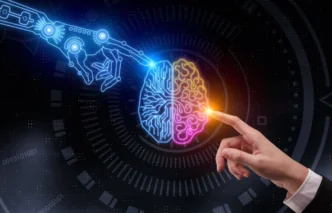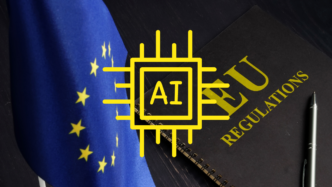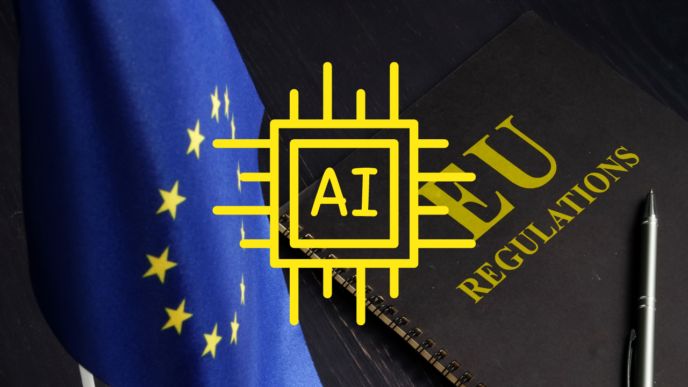The European Union’s landmark AI Act continues to make waves as it moves closer to full implementation, aiming to regulate artificial intelligence systems with a focus on transparency, safety, and accountability. Here are the latest updates, developments, and analyses shaping the path ahead for the Act.
Legislative Developments: New Panel, Key Leaders, and AI Office Challenges
1. Scientific Panel on AI – Seeking Expert Input (18 Oct – 15 Nov)
The European Commission has drafted a proposal to form a scientific panel of independent experts under the AI Act. This panel will support both the newly established AI Office and national authorities in monitoring compliance with the law.
• Feedback Period: October 18 – November 15, 2024
• All public feedback will be made available on the Commission’s official website, provided it follows the established rules.
• This input will shape the panel’s operating framework, helping it define best practices to assist with law enforcement.
📝 Why it matters: The scientific panel will play a crucial role in advising how the Act is applied in real-world scenarios, ensuring the law is interpreted consistently across the EU.
2. AI Act Monitoring Group: McNamara and Benifei Take the Helm
The European Parliament has formed a dedicated group to monitor the implementation of the AI Act, appointing two prominent members to lead:
• Michael McNamara: Represents the Committee on Civil Liberties, Justice, and Home Affairs (LIBE)
• Brando Benifei: Represents the Committee on Internal Market and Consumer Protection (IMCO)
• Benifei was also a co-rapporteur during the drafting of the AI Act.
The Legal Affairs Committee has expressed interest in joining this cross-parliamentary group, though a representative is yet to be named. While the first meeting date is still to be determined, much of the discussion is expected to remain private, as was the case with other EU digital policies, including the Digital Services Act and Digital Markets Act.
3. Staffing Challenges at the AI Office
The AI Office, part of the European Commission’s DG CONNECT department, has reached 50% of its target staff.
• Current Headcount: 83 employees
• Target Headcount: 140 employees
• New Hires Expected Soon: 17 more staff
However, industry insiders have raised concerns over understaffing given the Office’s large scope of responsibilities. Among the five internal units, the AI Safety Unit, which monitors high-risk AI systems, still lacks a dedicated head. For now, Lucilla Sioli, the AI Office Director, is filling the role on an interim basis.
In-Depth Analysis: Compliance Tools, Risks, and Standardisation Efforts
1. New Compliance Tool: LLM Checker for Generative AI Models
ETH Zurich, in collaboration with the Institute for Computer Science, AI and Technology (Bulgaria) and LatticeFlow AI, has developed the LLM Checker – a tool designed to evaluate the compliance of large language models (LLMs) with EU regulations.
• Evaluated Companies: OpenAI, Meta, Alibaba, Anthropic, Mistral AI
• Compliance Metrics: Privacy, cybersecurity, environmental impact, and governance
Here are some key results:
• GPT-4 Turbo (OpenAI): Scored 0.46 on discriminatory output.
• Alibaba’s Cloud AI: Scored 0.37 on cybersecurity compliance.
• Most models: Achieved 0.75+ scores on toxicity and harmful content management.
📊 Why it’s important: The LLM Checker is a pioneering tool for ensuring AI models meet the EU’s regulatory framework. It sets the stage for more detailed technical standards for AI compliance.
2. Code of Practice for General-Purpose AI Faces Complex Challenges
At the Second European AI Roundtable, held by CCIA Europe, key stakeholders discussed drafting the Code of Practice for general-purpose AI (GPAI). However, several challenges emerged:
• Stakeholder Diversity: Nearly 1,000 stakeholders have expressed interest, making consensus difficult.
• Limited Representation: Only 5% of participants are GPAI providers, despite their central role in AI development.
• Scope Drift Risk: Some discussions risk moving beyond the AI Act’s intended framework.
• Compliance Burden Concerns: Some stakeholders worry the Code might introduce unintended compliance requirements.
The next Roundtable will take place before the end of the year, focusing on the interplay between AI regulations and existing privacy and data protection laws.
3. High-Risk AI Systems: Template for Transparency Launched
The Knowledge Centre Data & Society has released a working template to help providers meet transparency requirements under Article 13 of the AI Act.
• What it covers:
• The system’s intended purpose
• Risk profile and key characteristics
• Instructions for users and deployers
• Why it matters: Providers must complete this template to ensure their high-risk AI systems meet transparency standards. Deployers can use it to request further clarification or raise compliance concerns.
Progress on AI Standards: Delays Pose Challenges for SMEs
The Joint Research Centre (JRC) has outlined the key features expected from the standards being developed to implement the AI Act. European harmonised standards, when finalized, will provide a legal presumption of compliance with the Act. However, the process is progressing more slowly than expected.
• Standardisation Bodies: CEN and CENELEC
• Initial Deadline: 2–3 years from the Act’s adoption in August 2024
Here are the key challenges:
• Slow Consensus-Building: Committees have struggled to align on the scope of the new standards.
• Impact on SMEs: The delayed standards could disadvantage small and medium enterprises (SMEs) working on AI solutions. Harmonised standards aim to level the playing field, ensuring equal competition across the EU market.
Key Takeaways and What’s Next
• AI Act Monitoring Group: McNamara and Benifei will lead oversight efforts, but the Legal Affairs Committee is yet to confirm participation.
• Scientific Panel: Public input on the panel’s structure will be considered until November 15.
• AI Office Staffing: Hiring is underway, but understaffing issues remain a concern.
• Compliance Tool: The LLM Checker provides valuable insights but reveals gaps in cybersecurity and discrimination.
• Code of Practice for GPAI: Stakeholders are grappling with scope and compliance challenges, with progress expected before year-end.
• Standardisation Delays: The timeline for AI standards is tight, with SMEs at risk of being disadvantaged by slow progress.
Conclusion: A Complex Road Ahead for AI Regulation in Europe
The EU’s efforts to regulate artificial intelligence through the AI Act mark a significant step toward creating a transparent, fair, and safe AI ecosystem. However, as the legislation moves closer to implementation, challenges like understaffing, complex stakeholder dynamics, and delayed standardisation remain. The coming months will be crucial in determining whether the EU can achieve its ambitious goals within the set timeline.
With the feedback period for the scientific panel open, monitoring groups taking shape, and compliance tools already in action, all eyes are now on the European Commission and its AI Office to provide the leadership needed to navigate this ambitious regulatory landscape. Stay tuned for further updates as the AI Act evolves toward full enforcement.
Did you find this update useful? Share it with your network and help spread awareness about the future of AI regulation in Europe!
